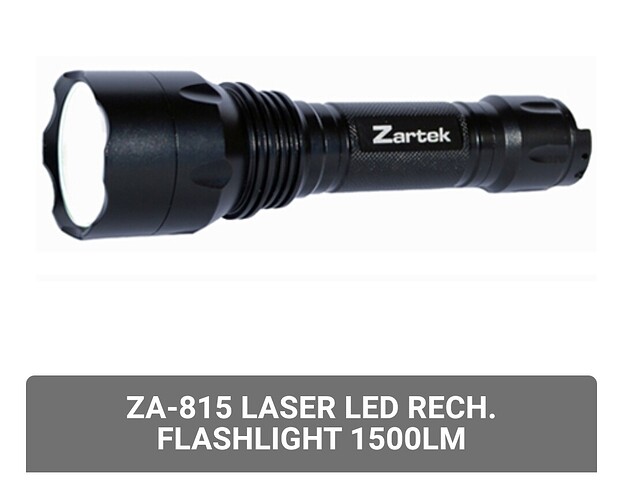Good day BLF members.
I’m very new to this forum, and fairly new to the world of flahlights and modding.
I am from South Africa, we have some resellers here, but in my opinion the market is not saturated yet.
I have an oppurtunity to procure and supply flashlights to a security company (Owner is a friend, and I mentioned that importing and reselling quality flashlights in south africa is a potential business oppurtunity i have in mind, so he gave me the chance).
these flashlights will be standard issue to their staff, one point to note is that they will not be changing their current holster.
Holster details:
Leather, single loop of approximatly 27mm diameter, loop has no bottom, which means that the flashlight must be held in place by the physical design of the body, meaning, the head of the flashlight must be considerably larger than 27mm, and body and tail must be smaller than 27mm, length does not matter, was only told that it must not be “too long”.
a good balance of throw and flood is required, rechargeable, replaceable battery, durable construction, able to withstand abuse.
We don’t work in USD, but will use USD for reference.
cost to end buyer (Security company) should not be greater than 45 USD. therefore i would say, cost to me, excluding shipping and taxes/duties should not be greater than 23 USD, including the battery.
I would like this to be a potential business venture, and would like to be known for importing and selling quality equipment.
I’ve been looking at many options, but the limiting factor is the holster design, many of the EDC flashlights have the smae body and headsize, and this rules them out Sofirn SC31T etc.
Currently looking at the Convoy M1, as it seems to fit the bill mostly.
Does this community have any other suggestions or recommendations for me?
Feel free to let me know if you need any other info.
PS. High CRI is not a concern here, largest concern is durability (i.e. repeated switching and dropping from height, followed by price).
Thank you in advance.

